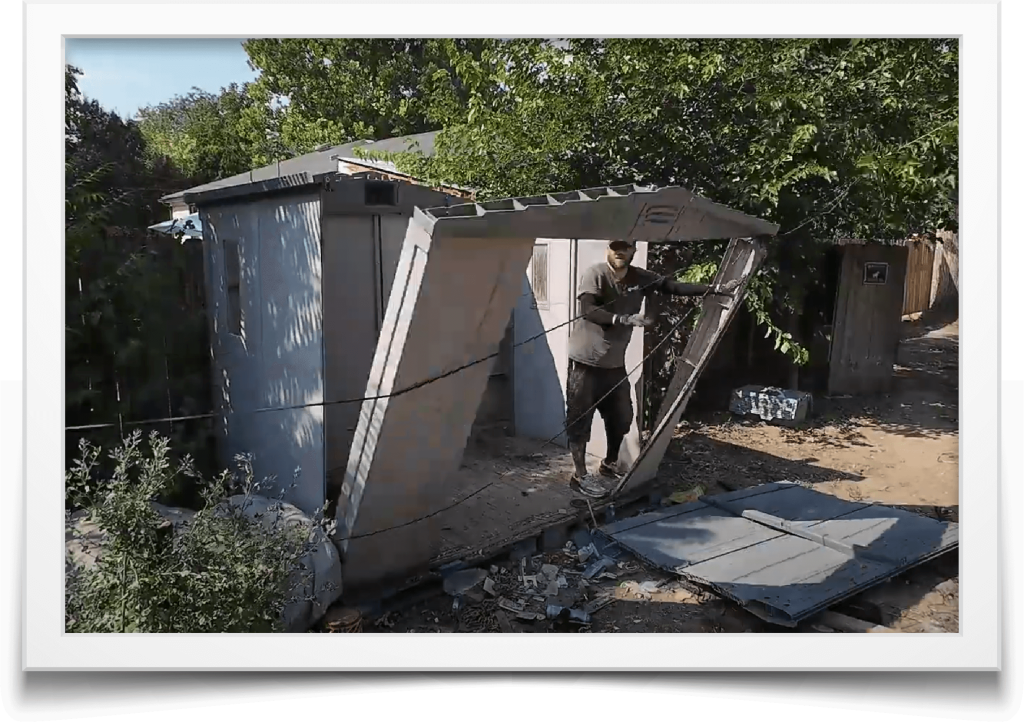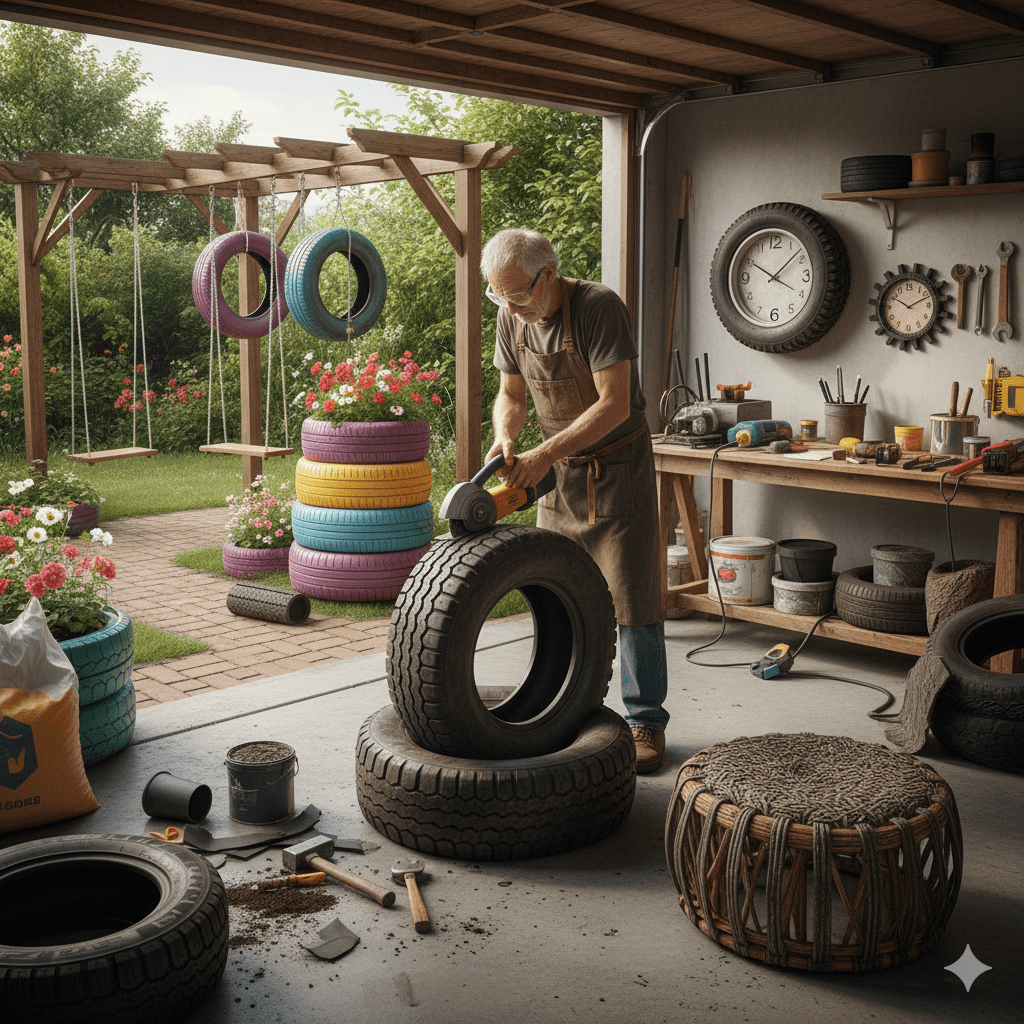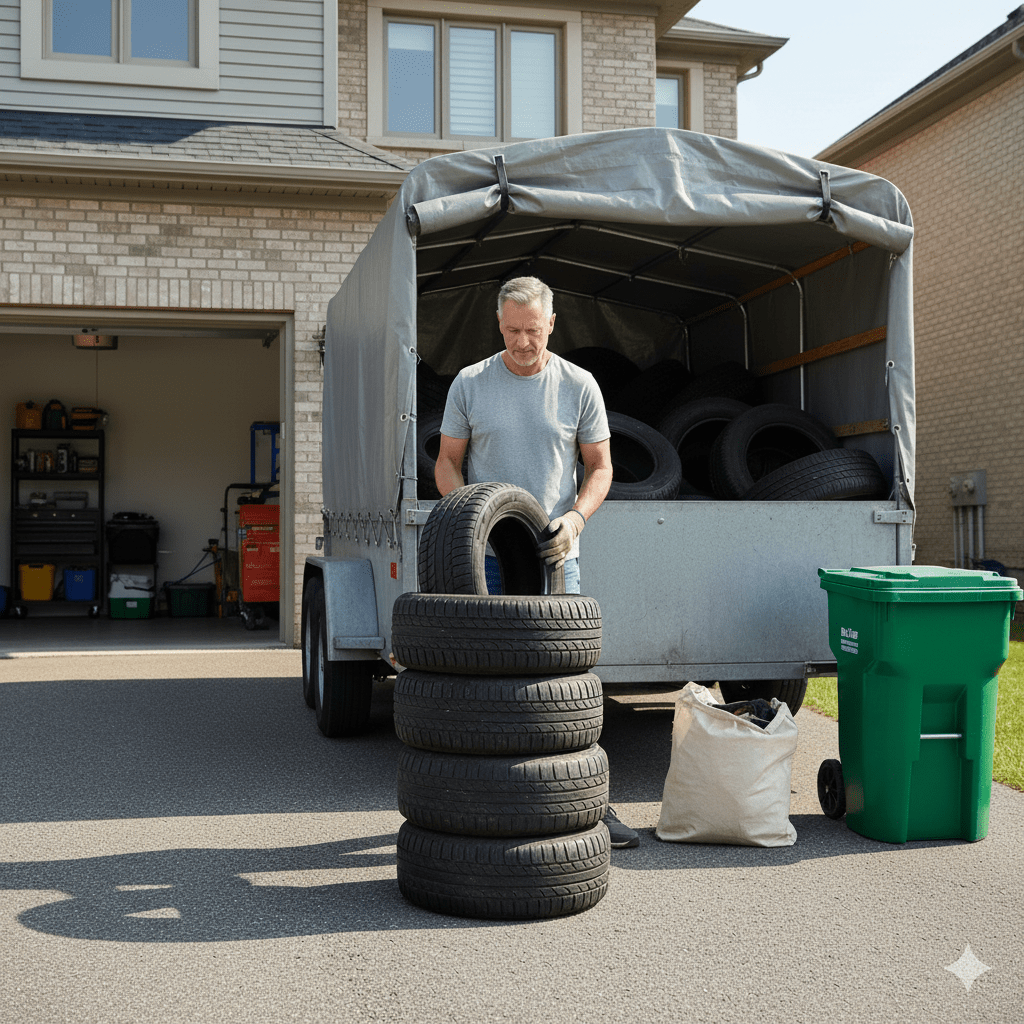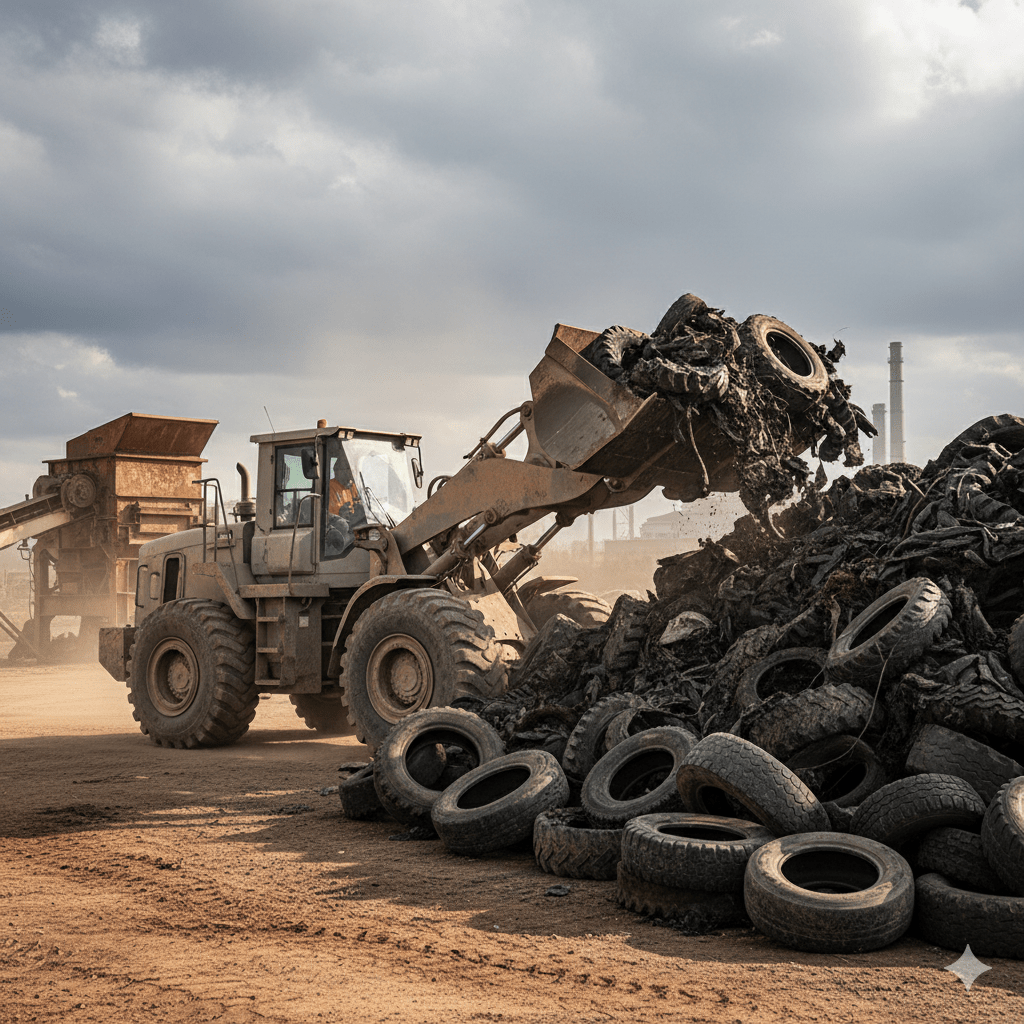Not every teardown has to end with a wrecking ball and a landfill the size of a strip mall. Sometimes, there’s another way. A smarter way. A slightly more tedious but way less wasteful way. It’s called using your damn brain before you bulldoze.
So if you’re staring down an old house, garage, shed, or deck that’s seen better decades, you’ve got options—especially if “demolition near me” feels a little too final.
Let’s talk about the alternatives to demolition that don’t just obliterate everything and pretend the waste fairy handles it later.
What Is Deconstruction, and When Is It a Better Option?
Deconstruction is just a fancy way of saying “demolition, but with manners.”
Instead of smashing everything with an excavator and hauling the shards to the landfill, you carefully dismantle the structure and salvage what you can—lumber, doors, cabinets, flooring, fixtures, the works.
Think of it as reverse construction. It takes more time. It takes more labor. But it also means:
- Less goes to the dump
- More can be donated or reused
- You might score tax deductions
- You avoid hauling fees and environmental guilt
House deconstruction makes sense when:
- The structure is older and built with high-quality wood or trim
- You’ve got time on your side
- The salvage value offsets the extra labor
- You’re trying not to look like a jackass during your green building initiative
It’s not always cheaper than full demolition, but it’s often smarter—and occasionally, someone else will even pay to remove what you were about to destroy.
How to Salvage Usable Materials for Donation
Yes, it’s possible to tear something apart and do a good deed at the same time. Some nonprofits (like Habitat for Humanity’s ReStore) will take your old stuff, resell it, and use the proceeds to fund affordable housing projects.
What can be donated from a house deconstruction?
- Solid wood framing and beams
- Cabinets (if not covered in 17 layers of nicotine)
- Doors, windows, and trim
- Light fixtures and ceiling fans
- Plumbing hardware
- Working appliances
- Brick and stone veneer
The process:
- Call a donation center before you start.
- Let them inspect the materials.
- Schedule a pickup or drop-off.
- Get documentation for a tax deduction.
- Sleep better knowing your old banister will become someone’s DIY coffee table.
Word of warning: don’t try to pass off moldy drywall or shredded carpet and pretend you’re helping the environment. You’re not. You’re just being lazy.
Creative Ways to Repurpose Old Building Materials
If you’ve got even a sliver of creativity (or a Pinterest board you actually follow through on), there’s gold in that pile of reclaimed material.
Here’s what people with imagination and access to power tools are doing:
- Floorboards → Wall Art: Weathered hardwood = instant rustic charm.
- Windows → Greenhouse Panels: Old casement windows make great greenhouse sides or garden cold frames.
- Doors → Tables or Headboards: Sand ‘em down, add legs or brackets, and boom—you’re a designer now.
- Bricks → Firepit or Garden Border: Bonus points if they’re from an old chimney.
- Steel or Ironwork → Furniture Bases: A rusty railing can be welded into a killer bench.
Don’t want to DIY? Sell it. Craigslist and Facebook Marketplace are full of people who’d pay to haul off your leftover house parts and call it a treasure.

Environmental Benefits of Avoiding Full Demolition
Let’s do some rough math. The average house demolition produces about 50 tons of debris. That’s enough to:
- Fill five 40-yard dumpsters
- Clog a landfill
- Contribute to deforestation, resource depletion, and carbon emissions
Alternatives to demolition, like deconstruction and salvage, can divert up to 75% of that waste from landfills. That means:
- Less pollution
- Less diesel-fueled hauling
- Fewer new materials needed to rebuild
- More reuse of old-growth wood that doesn’t even exist anymore in stores
And hey, if you’re the type to proudly use cloth grocery bags but still tear down buildings without blinking, it’s time to match your actions to your branding.
When Demolition Still Makes More Sense
Let’s not pretend every building deserves a second chance. Sometimes, full demolition of house is the only sane option.
Go nuclear if:
- The structure is unsafe, collapsing, or burned
- It’s riddled with mold, asbestos, or lead
- You’re doing a full rebuild with modern materials and layout
- Time is tight and you’ve got permits in place
- The salvage value doesn’t outweigh the labor cost
- In those cases, hire a solid demolition company, pull the trigger, and don’t look back. Just make sure you do it responsibly—confirm utility disconnects, permit approvals, and hire a crew that hauls everything away (not just to the ditch behind your garage).
Bottom Line
Demolition isn’t always the default. It shouldn’t be. Whether you’re dealing with an old home, a shed, or a garage that’s finally given up, house deconstruction, donation, and repurposing are often smarter, greener, and more satisfying.
But when it’s time to tear it down—do it clean, do it fast, and for the love of all things solid, don’t leave your debris for someone else to deal with.
And if you’re not sure where to start? Search “demolition services” and ask if they offer deconstruction. The good ones will know the difference—and give you a choice.






